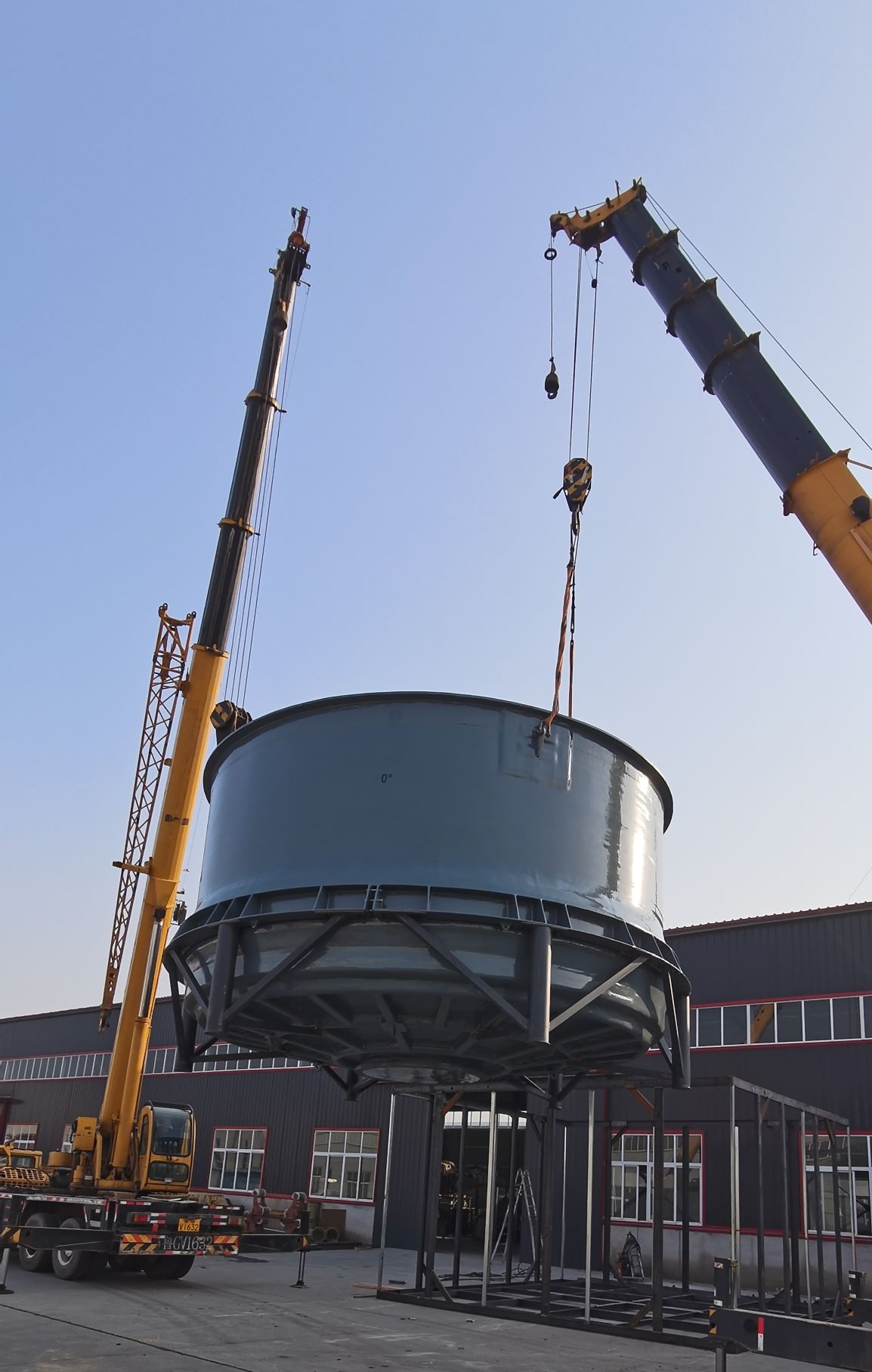
-
 Afrikaans
Afrikaans -
 Albanian
Albanian -
 Amharic
Amharic -
 Arabic
Arabic -
 Armenian
Armenian -
 Azerbaijani
Azerbaijani -
 Basque
Basque -
 Belarusian
Belarusian -
 Bengali
Bengali -
 Bosnian
Bosnian -
 Bulgarian
Bulgarian -
 Catalan
Catalan -
 Cebuano
Cebuano -
 China
China -
 China (Taiwan)
China (Taiwan) -
 Corsican
Corsican -
 Croatian
Croatian -
 Czech
Czech -
 Danish
Danish -
 Dutch
Dutch -
 English
English -
 Esperanto
Esperanto -
 Estonian
Estonian -
 Finnish
Finnish -
 French
French -
 Frisian
Frisian -
 Galician
Galician -
 Georgian
Georgian -
 German
German -
 Greek
Greek -
 Gujarati
Gujarati -
 Haitian Creole
Haitian Creole -
 hausa
hausa -
 hawaiian
hawaiian -
 Hebrew
Hebrew -
 Hindi
Hindi -
 Miao
Miao -
 Hungarian
Hungarian -
 Icelandic
Icelandic -
 igbo
igbo -
 Indonesian
Indonesian -
 irish
irish -
 Italian
Italian -
 Japanese
Japanese -
 Javanese
Javanese -
 Kannada
Kannada -
 kazakh
kazakh -
 Khmer
Khmer -
 Rwandese
Rwandese -
 Korean
Korean -
 Kurdish
Kurdish -
 Kyrgyz
Kyrgyz -
 Lao
Lao -
 Latin
Latin -
 Latvian
Latvian -
 Lithuanian
Lithuanian -
 Luxembourgish
Luxembourgish -
 Macedonian
Macedonian -
 Malgashi
Malgashi -
 Malay
Malay -
 Malayalam
Malayalam -
 Maltese
Maltese -
 Maori
Maori -
 Marathi
Marathi -
 Mongolian
Mongolian -
 Myanmar
Myanmar -
 Nepali
Nepali -
 Norwegian
Norwegian -
 Norwegian
Norwegian -
 Occitan
Occitan -
 Pashto
Pashto -
 Persian
Persian -
 Polish
Polish -
 Portuguese
Portuguese -
 Punjabi
Punjabi -
 Romanian
Romanian -
 Russian
Russian -
 Samoan
Samoan -
 Scottish Gaelic
Scottish Gaelic -
 Serbian
Serbian -
 Sesotho
Sesotho -
 Shona
Shona -
 Sindhi
Sindhi -
 Sinhala
Sinhala -
 Slovak
Slovak -
 Slovenian
Slovenian -
 Somali
Somali -
 Spanish
Spanish -
 Sundanese
Sundanese -
 Swahili
Swahili -
 Swedish
Swedish -
 Tagalog
Tagalog -
 Tajik
Tajik -
 Tamil
Tamil -
 Tatar
Tatar -
 Telugu
Telugu -
 Thai
Thai -
 Turkish
Turkish -
 Turkmen
Turkmen -
 Ukrainian
Ukrainian -
 Urdu
Urdu -
 Uighur
Uighur -
 Uzbek
Uzbek -
 Vietnamese
Vietnamese -
 Welsh
Welsh -
 Bantu
Bantu -
 Yiddish
Yiddish -
 Yoruba
Yoruba -
 Zulu
Zulu
Durable Fiberglass Mesh Solutions for Strength and Stability in Construction Applications
Understanding Fiberglass Grid A Versatile Engineering Solution
Fiberglass grids, also known as fiberglass reinforced plastic (FRP) grids, have emerged as a robust solution across various industries and applications. Their unique combination of lightweight properties, high strength, and resistance to corrosion makes them a compelling choice for engineers and architects seeking materials that can withstand harsh environments while maintaining structural integrity.
What is Fiberglass Grid?
Fiberglass grid is a composite material made from fiberglass and resin, formed into a mesh or grid structure. This configuration enhances its load-bearing capabilities while minimizing weight. The grids come in various densities and configurations, allowing engineers to select the ideal specification for their specific application. Typically, these grids consist of vertical and horizontal strands that form a network of interconnected squares or rectangles, offering open space for drainage and light passage.
The Advantages of Fiberglass Grids
1. Lightweight But Strong One of the most significant benefits of fiberglass grids is their impressive strength-to-weight ratio. Compared to traditional materials like steel or concrete, fiberglass grids weigh significantly less, which can lead to reduced transportation and installation costs. Their strength ensures they can bear substantial loads without deformation.
2. Corrosion Resistance Fiberglass grids are inherently resistant to a variety of corrosive substances, including chemicals, saltwater, and harsh industrial environments. This property makes them an ideal choice for applications in chemical processing plants, wastewater treatment facilities, and marine environments, where traditional materials may fail over time due to corrosion.
3. Durability and Longevity The lifespan of fiberglass grids is significantly longer than that of many alternative materials. They do not rust or degrade from UV radiation, making them suitable for outdoor and indoor applications. This durability translates into reduced maintenance costs and fewer replacements over time.
4. Non-Conductive Fiberglass is a non-conductive material, which makes it a safe choice for electrical environments. This property can be critical in preventing accidents and ensuring safety in settings such as power plants and data centers.
fiberglass grid

5. Versatile Applications Fiberglass grids are used in various industries, including construction, transportation, and infrastructure. Common applications include pedestrian walkways, stair treads, drainage covers, and platforms. Their customizable nature allows for tailored solutions that meet the unique demands of each project.
Environmental Considerations
As industries move towards sustainable practices, fiberglass grids present an environmentally friendly option. Their long service life minimizes waste and the need for frequent replacement. Furthermore, advancements in manufacturing processes have led to the development of more eco-friendly resins, reducing the environmental impact associated with fiberglass production.
Installation and Maintenance
The installation of fiberglass grids is straightforward. Due to their lightweight nature, they can be easily handled and installed without the need for heavy machinery. This ease of installation can lead to significant time savings on projects. Maintenance is minimal due to their durability and resistance to environmental factors. Regular inspections and cleaning are usually sufficient to ensure their optimal performance over time.
Conclusion
Fiberglass grids represent a revolutionary advancement in materials engineering, providing a combination of strength, lightweight design, and resistance to wear and tear. As industries continue to evolve and seek sustainable solutions, the demand for fiberglass grids is likely to increase. Their versatility, durability, and eco-friendly attributes position them as a preferred choice for engineers, architects, and builders alike. Whether in construction, transportation, or industrial applications, fiberglass grids are set to play a vital role in shaping the future of material science and engineering.
In a world that is continuously adapting to new challenges, embracing innovative materials like fiberglass grids not only enhances performance but also aligns with environmental stewardship, showcasing a commitment to sustainable development in engineering practices.









